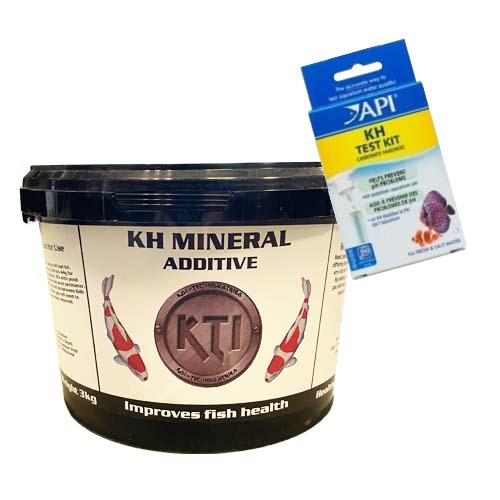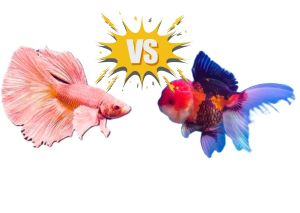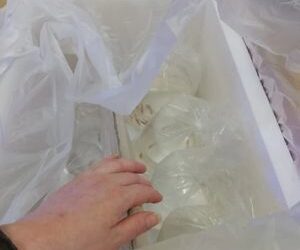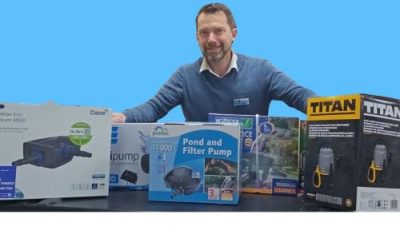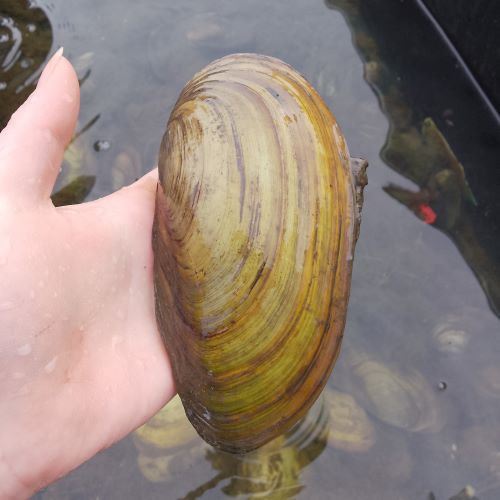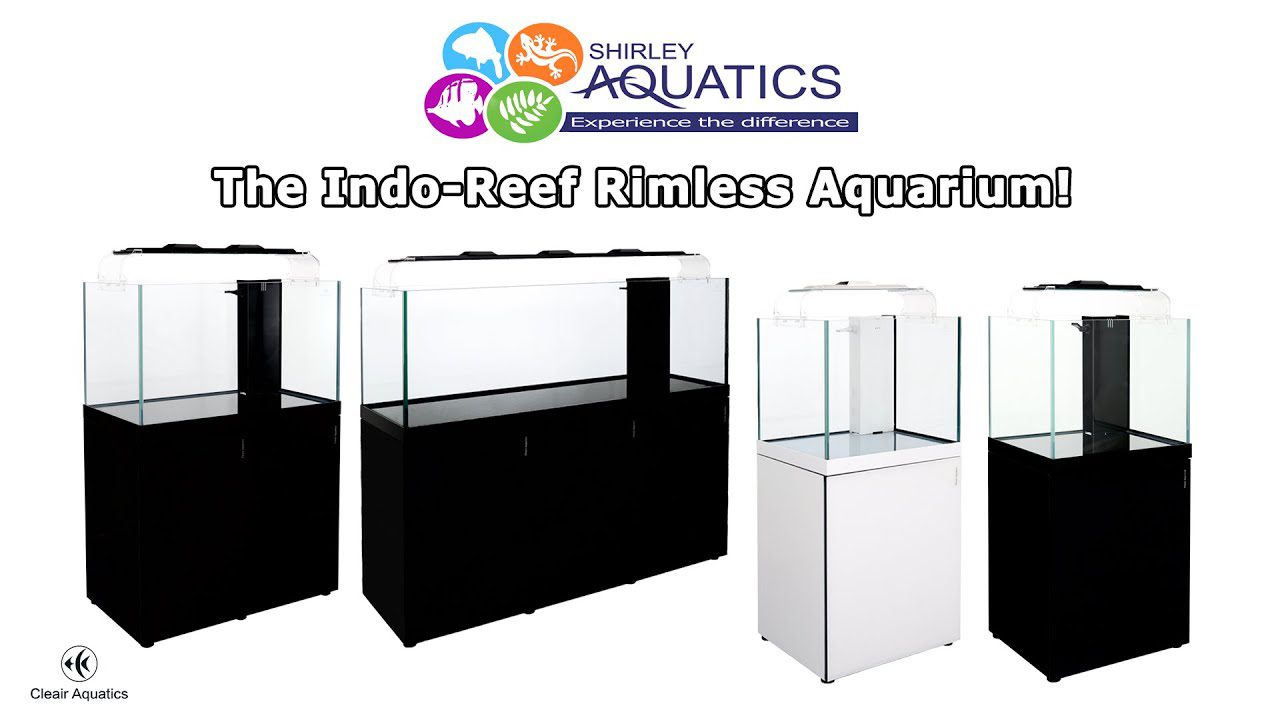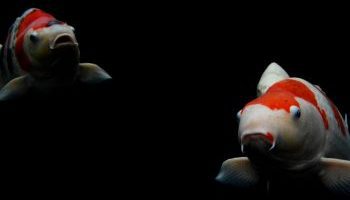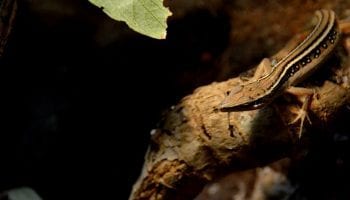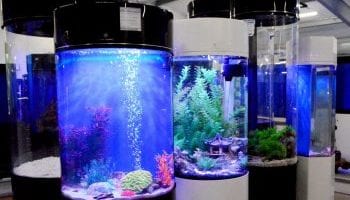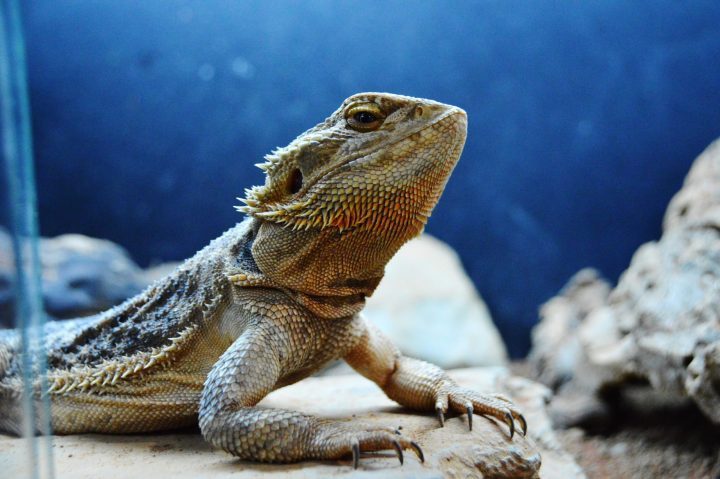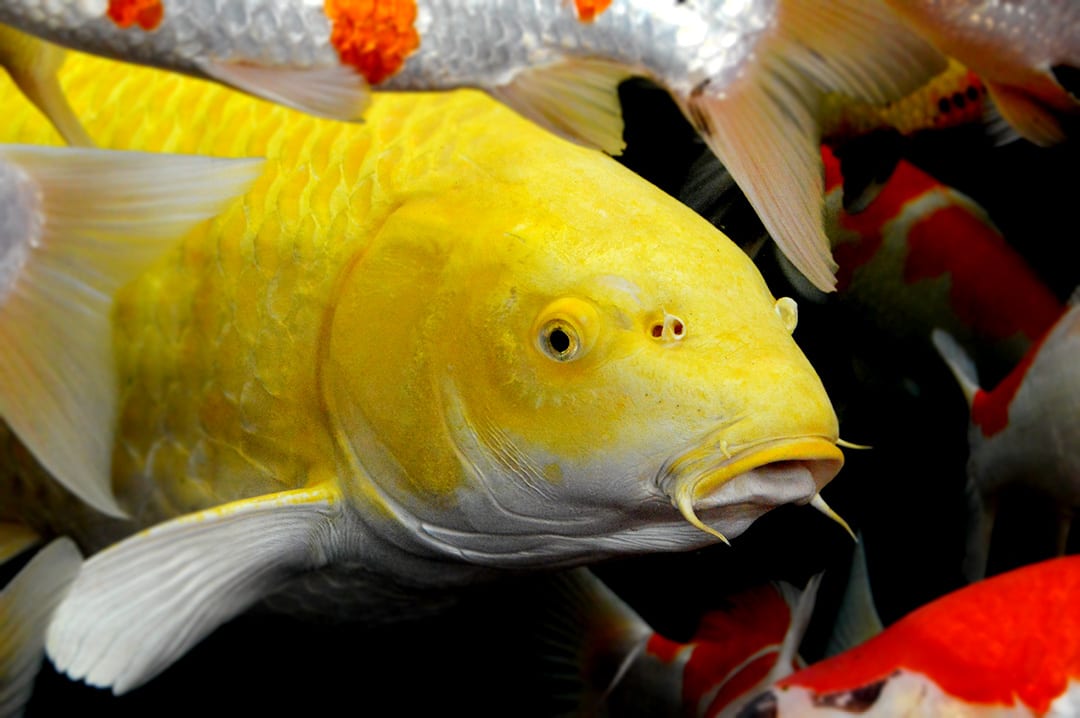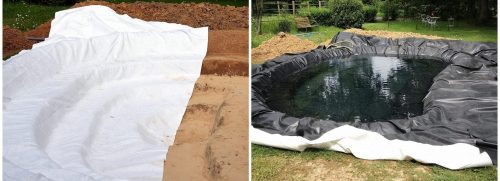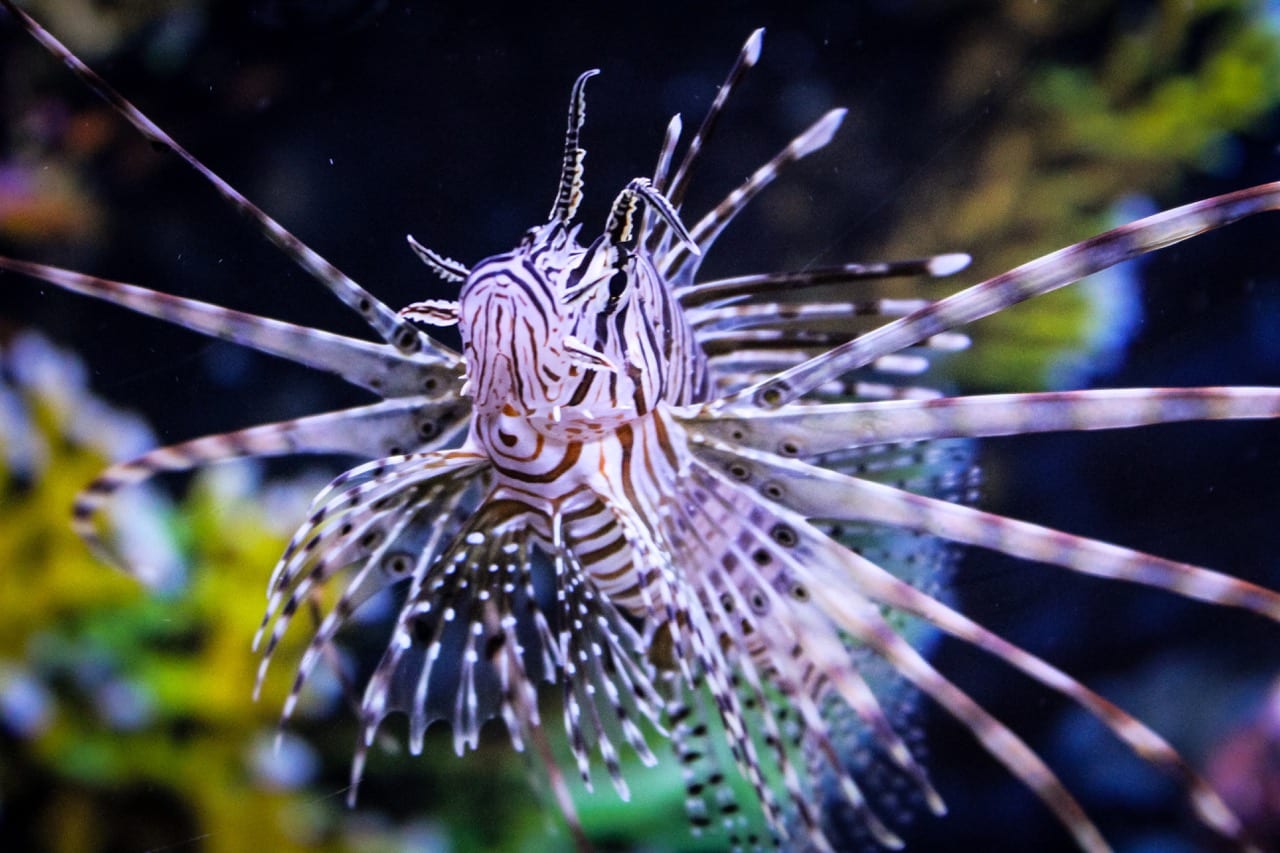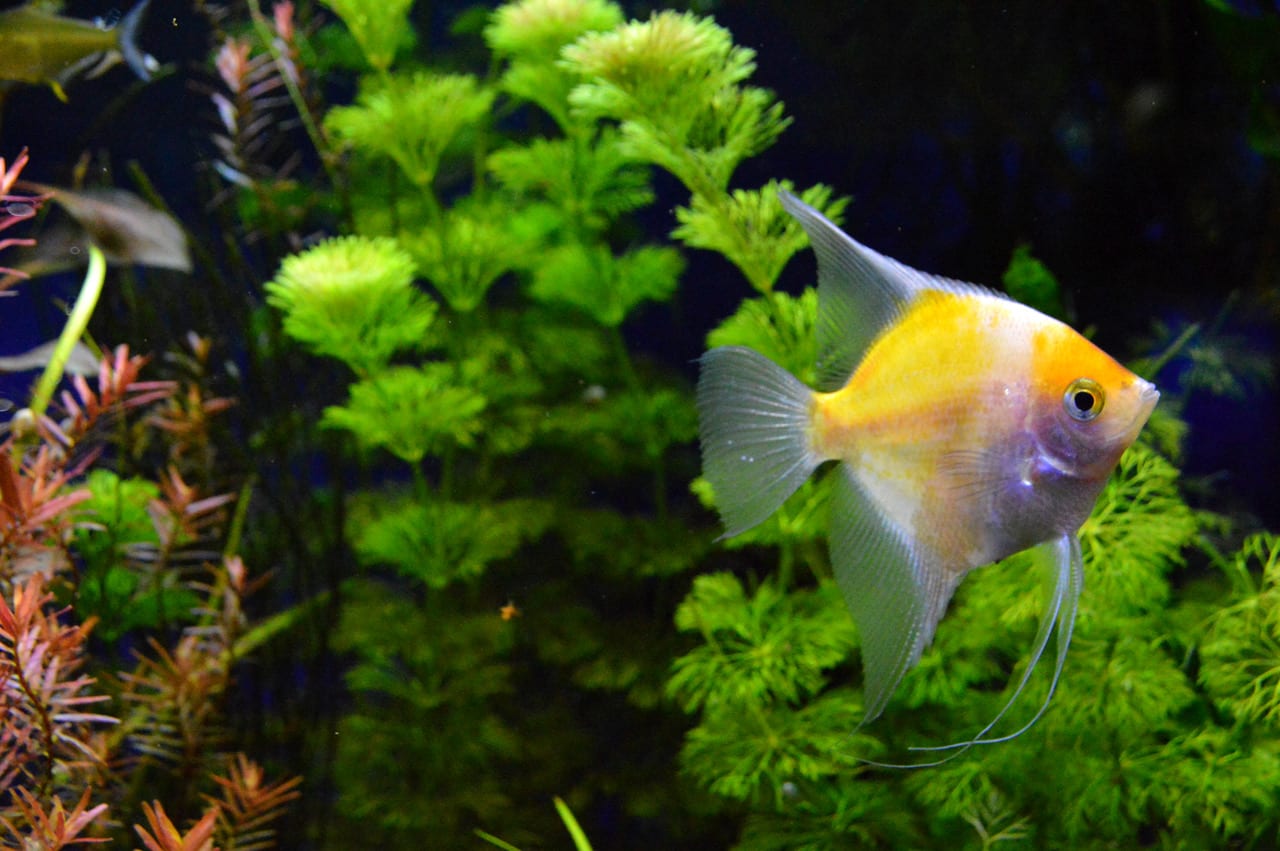Winter is a tricky time for pond keepers. You’ve heard conflicting advice about filters, feeding, and heating. So here’s exactly what you need, and what you need to know when wintering a koi pond.
1. Do not turn your pond filter off during winter
Please, please, please, when wintering a koi pond, DON’T TURN OFF YOUR FILTER. It doesn’t matter that you’ve got a mate who does it every year and their fish are ‘fine’. Or that you’ve read something on Facebook that says it’s fine.
Don’t do it.
Yes, your koi are not eating. But they haven’t stopped breathing. Koi create about 60% of the ammonia in your pond from their gills so that will still have to be dealt with. You will still have general detritus from outside of your pond falling in and rotting that will need to be dealt with.
Turning your filter off will also reduce your water circulation. This will reduce the oxygen in your pond and increase the chance of your water freezing. These outcomes are to be avoided.
2. Keep an eye on your temperature
Your koi should not be fed once your temperature gets below 6 degrees Celsius. Once the water gets below this temperature the koi’s metabolism slows down so much that digestion stops. If you continue to feed your koi they will eat some, it will remain in their gut and begin to rot. Koi do not have stomachs, just a digestive tract, so there’s nowhere to safely ‘store’ digested food in their bodies. Undigested food can be fatal to koi.
Grab yourself a pond thermometer so you know when to stop feeding, and when to begin again!
If you’re unsure what food to give to your koi throughout the year check out our koi feeding guide, here.
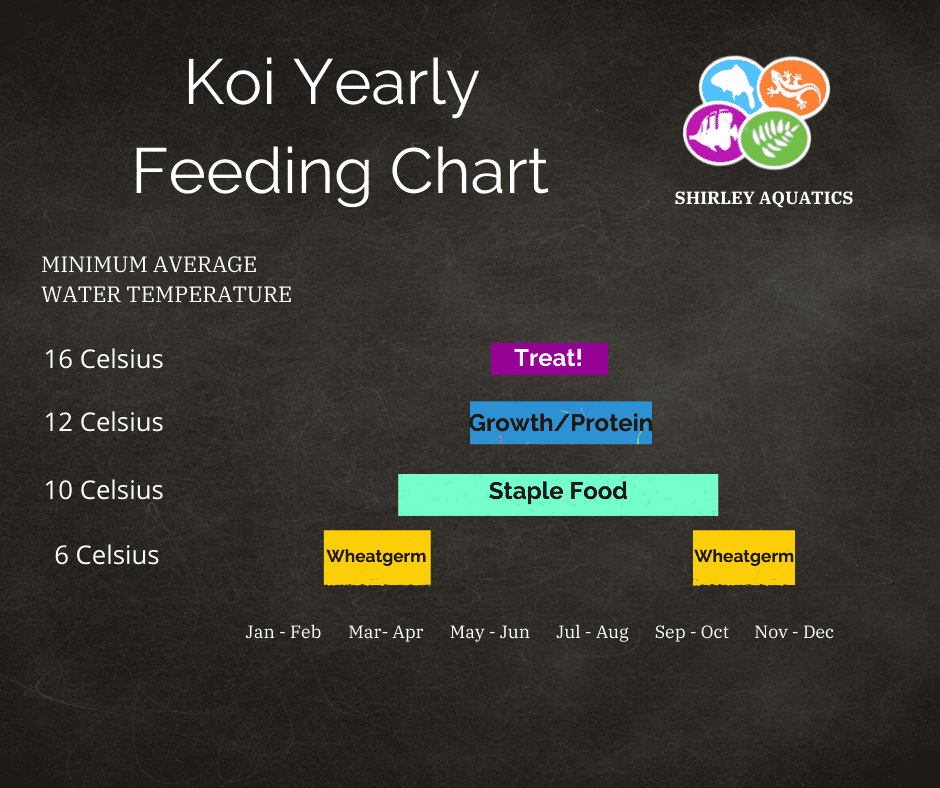
3. Ice Ice baby
When wintering a koi pond you need to avoid letting your pond freeze over. Ice stops the gas exchange and will starve your fish of oxygen.
Heating a pond can be very expensive so it’s sensible to look at the ‘Expense’ vs ‘Reward’ of doing so. At the least, you’ll want to ensure your pond always has some surface area free of ice.
The OASE Ice Free Thermos work well for this. They’re essentially heating elements that float on the surface of your pond and heat the area around them to ensure there’s always an area free of ice. They are effective in outside temperatures of up to -20 degrees Celsius.
The Ice Free Thermo 200 is a 200-watt unit that remains on when power is running to it, the Ice Free Thermo 330 is a 330-watt unit that will start working according to a thermostat that you control. We’d recommend the 330. Yes, it’s £20 more but you’ll save that in usage with the thermostat turning it off when it isn’t necessary.
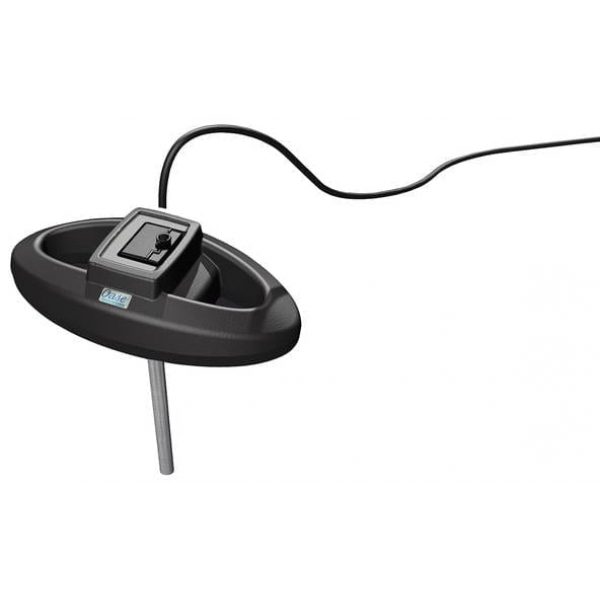
Turn off any fountains, waterways, or streams that run into your pond. These can be damaged by freezing and can also drastically drop the temperature of the pond. Even if they don’t freeze solid the temperature of the water entering the pond will be lower than the pond itself. This can encourage the pond surface to freeze, which you don’t want. This water could be at sub-zero temperatures and it’s only the movement which is preventing freezing. With this reduced water agitation, it is even more important that you keep your pump and filter running, and keep an eye out for surface ice.
Wintering a pond – Testing your KH
Finally, this one is super important.
KH stands for Carbonate Hardness, it’s the hardness of your water. In the Midlands we have very soft water. As a result, as your pond gets diluted with rainwater we are at risk of our KH crashing.
KH supports pH. If your KH crashes your pH will drop drastically, killing everything in your pond. The real danger comes when pond keepers only spot the pH crash but not the KH crash.
If you buffer the pH before buffering the KH your ammonia will skyrocket – causing even more problems! As soon as it starts getting a bit wet and rainy it’s a good idea to check your KH a few times a month or after particularly heavy downpours. You can save yourself a fortune in the long run. Get your KH test kit here.
If you want to take it one step further you can purchase our Ultimate Pond KH Stabilising Kit for a multi-buy discount! The best bit? KH additive isn’t a chemical, it’s a mineral so it causes absolutely no harm to any inhabitants in your pond!
